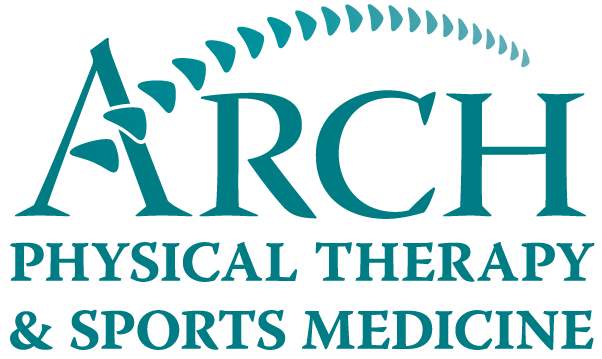
Aging is a process experienced by all workers throughout their life. For many older adults, work is increasingly an important avenue to economic security, social interaction, and improved quality of life. According to the U.S. Bureau of Labor Statistics, in 2021 nearly one in four American workers was age 55 or older. Labor force rates for workers aged 55 and older are projected to increase through 2030, while participation rates for those in younger and middle-aged groups are projected to remain relatively level or decline. These demographic shifts have made the issue of supporting and protecting the health and safety of workers, especially those of advanced age, much more pressing. Vital to any workplace is the safety, health, and well-being of all workers, from their first day on the job to their last. For more information follow this link to the CDC’s webpage!
Labor force rates for workers aged 55 and older are projected to increase through 2030, while participation rates for those in younger and middle-aged groups are projected to remain relatively level or decline. These demographic shifts have made the issue of supporting and protecting the health and safety of workers, especially those of advanced age, much more pressing. Vital to any workplace is the safety, health, and well-being of all workers, from their first day on the job to their last. For more information follow this link to the CDC’s webpage!
Simple Strategies for an Age-Friendly Workplace
- Prioritize workplace flexibility. To the extent possible, give workers a say in their schedule, work conditions, work organization, work location, and work tasks.
- Match tasks to abilities. Use self-paced work, self-directed rest breaks, and less repetitive tasks.
- Avoid prolonged, sedentary work. Consider sit/stand/walking workstations for workers who traditionally sit all day. Design work to include a variety of tasks and skills. Provide onsite physical activity opportunities or connections to low-cost community options.
- Manage hazards. Including noise, slip/trip hazards, and physical hazards.
- Provide and design ergonomic-friendly work environments. Examples include adjustable workstations, minimize vibration and noise from tools, floor surfaces that reduce the impact on joints, adjustable seating, good lighting, and screens and surfaces with less glare.
- Utilize teams and teamwork strategies. Workers closest to the problem are often best equipped to find the fix.
- Provide health promotion and lifestyle interventions including encouraging physical activity and healthy meal options, tobacco cessation assistance, screenings for health risk factors, strategies for reducing health risks, health coaching, and onsite medical care.
- Invest in training and building worker skills. Help older employees learn and adapt to new technologies. Provide workers the opportunities to practice and apply new skills as they are learning.
- Proactively manage reasonable accommodations and the return-to-work process after illness or injury absences.
- Provide age inclusive workforce management skills training for supervisors. Include a focus on the varying needs of workers at different life stages, and effective ways to manage a multi-generational workplace.
